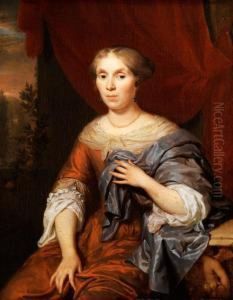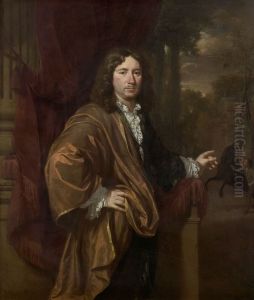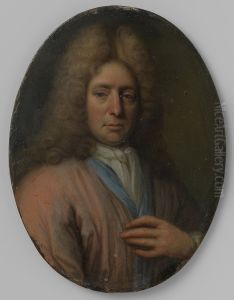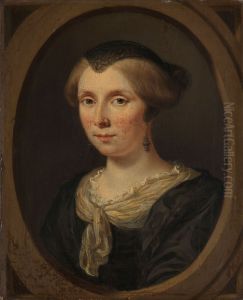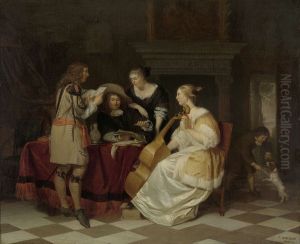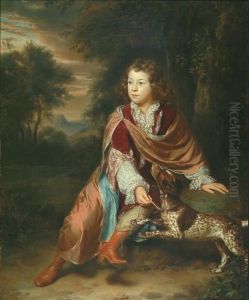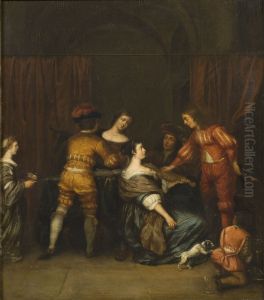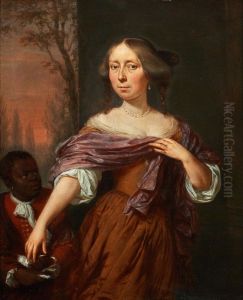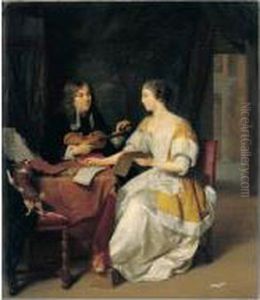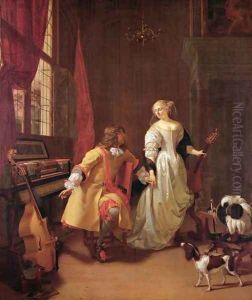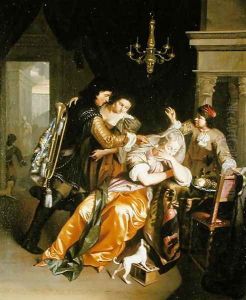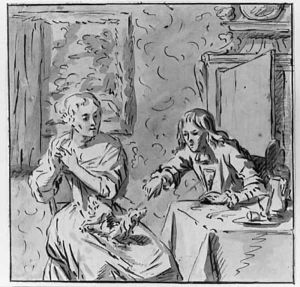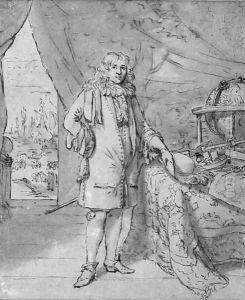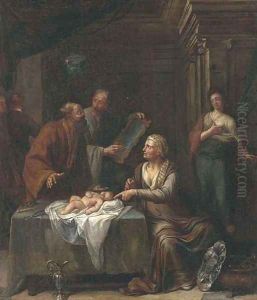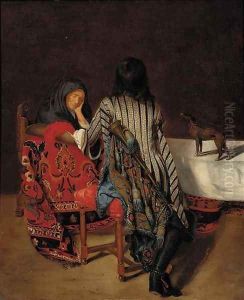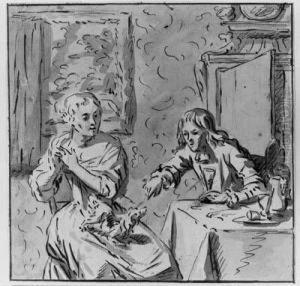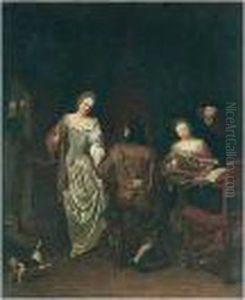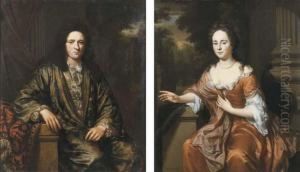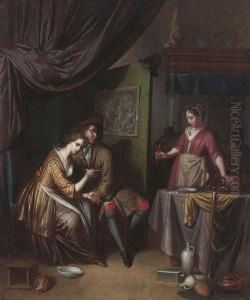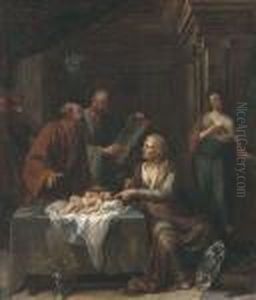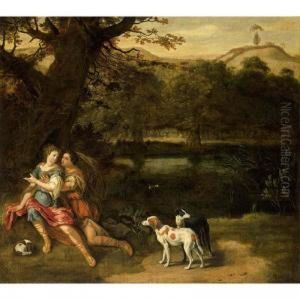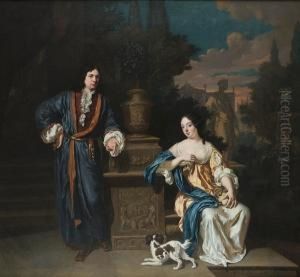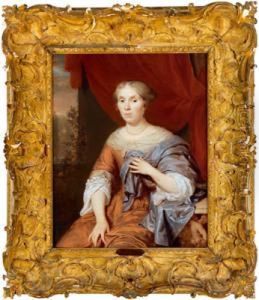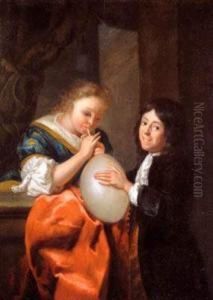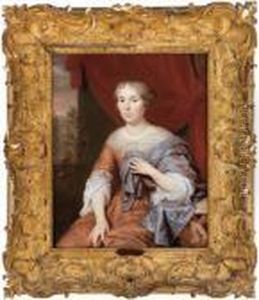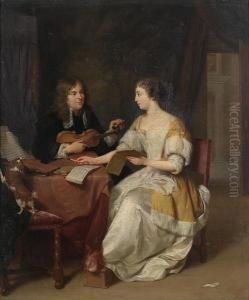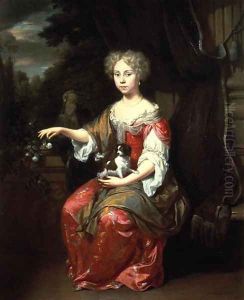Jan Verkolje Paintings
Jan Verkolje was a Dutch Golden Age painter, engraver, and mezzotint artist, born in Amsterdam in 1650. He is best known for his portraits and genre scenes that reflect the elegance and grace of the late 17th century in the Netherlands. Verkolje's work is characterized by its delicate treatment of light and texture, often using a soft and harmonious palette.
Verkolje received his artistic training in Delft, where he was greatly influenced by the works of the master painter Johannes Vermeer. Though not much is known about his early life and training, it is believed that he was a student of the painter Jan Andrea Lievens, who was himself influenced by Rembrandt. This connection may have helped shape Verkolje's approach to chiaroscuro and composition.
Throughout his career, Verkolje became adept at both painting and printmaking. His prints were particularly appreciated for their technical skill and their ability to capture the subtleties of light and shadow, which was a hallmark of his style. As an engraver, he helped to popularize the mezzotint process in the Netherlands, which allowed for the creation of prints with a wide range of tonal values.
Verkolje was not only a successful artist but also a teacher, with students including his own children. His son, Jan II Verkolje, followed in his footsteps and became a painter and engraver as well. Jan Verkolje the elder enjoyed the patronage of prominent Dutch figures of his time and was a member of the Guild of Saint Luke in Delft, which was an association of painters.
Sadly, Verkolje's life was cut short when he died in 1693 at the age of 43. Despite his relatively brief career, his works have left a lasting impact on the art of the Dutch Golden Age. Today, his paintings and prints can be found in various museums and collections around the world, admired for their elegance and artistry.
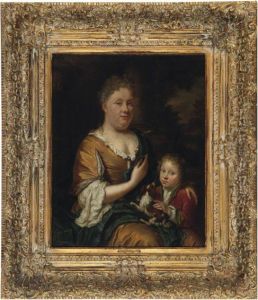
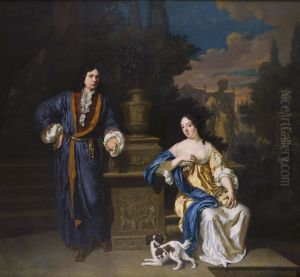
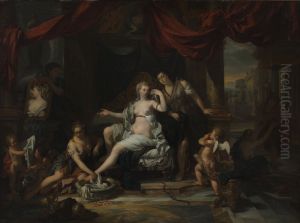
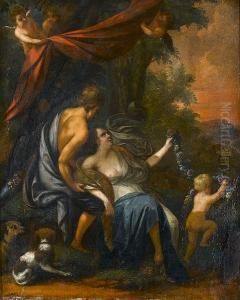
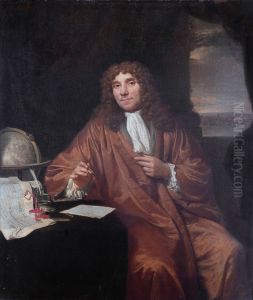
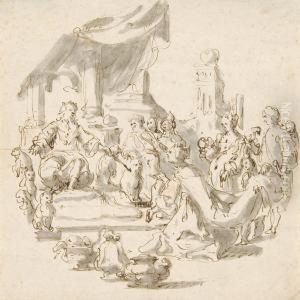
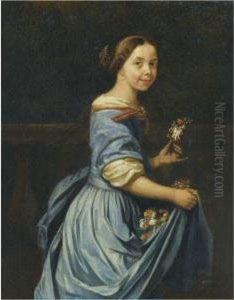
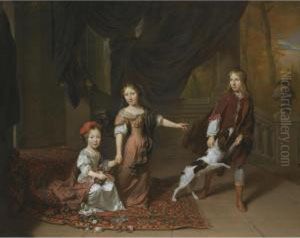
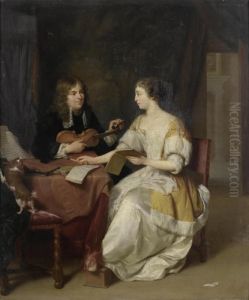
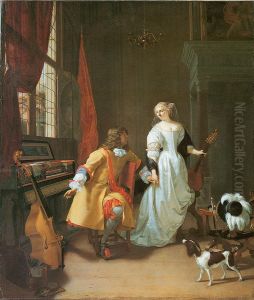
![The messenger.[1]](https://www.niceartgallery.com/imgs/4610820/s/jan-verkolje-the-messenger1-257dcfdf.jpg)
![[2]](https://www.niceartgallery.com/imgs/4610821/s/jan-verkolje-2-f29f4f87.jpg)
